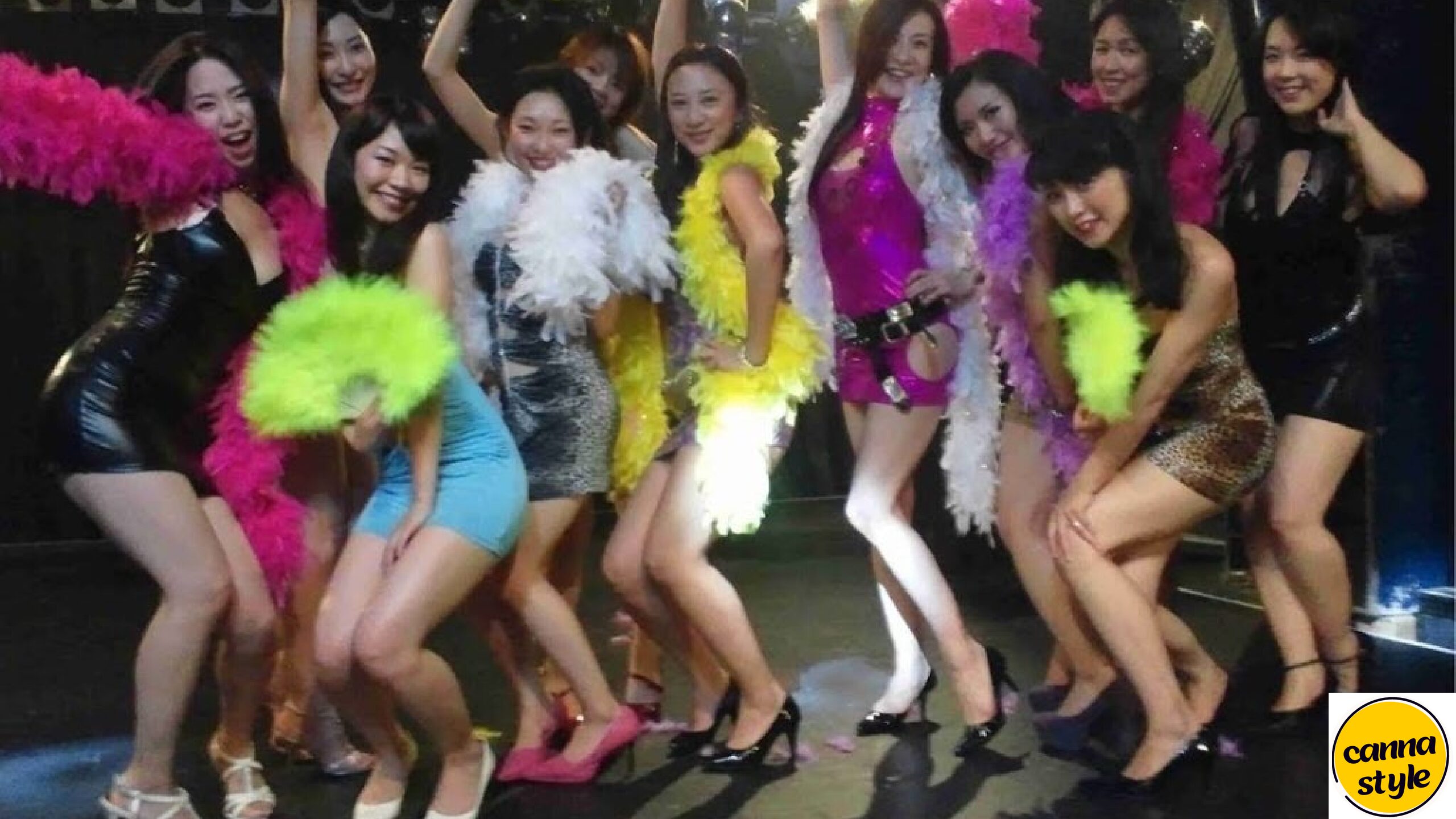The Heisei technology, spanning from 1989 to 2019 in Japan, became duration marked by using sizeable cultural shifts, technological improvements, and unique style trends. Among those, the Heisei Retro Style has emerged as a compelling cultural phenomenon, influencing various factors of modern-day popular culture. This article explores the rise of the Heisei Retro Style, its impact on fashion, media, and leisure, and its continued relevance in nowadays’s cultural landscape.
Understanding Heisei Retro Style
2.1 What Is Heisei Retro Style?
“Heisei Retro Style, therefore, refers back to the revival of aesthetic factors and cultural references from Japan’s Heisei era, especially the 1990s and early 2000s. Specifically, this fashion is characterized by a nostalgic return to the visible and thematic factors that described the era, consisting of fashion, design, and media.”
2.2 Origins and Evolution
“The Heisei era was a time of speedy technological increase and cultural exchange in Japan. **Specifically,** from the upward push of the early digital generation to the explosion of anime and manga, the era **was** rich with **a variety of** special trends. **Furthermore,** the unfashionable fashion today reflects a choice to revisit and have fun **with** this transformative period.”
Heisei Retro in Fashion
3.1 Key Fashion Trends
“Heisei Retro fashion is distinguished by its colorful colorings, eclectic styles, and precise silhouettes. **In addition,** key developments consist of oversized jackets, graphic tees, and denim with one-of-a-kind washes. **Furthermore,** influences from streetwear and early 2000s pop culture are prominent.”
3.2 Influences and Inspirations
“The style of the Heisei era changed, **significantly**, closely prompted **by** Western trends and the burgeoning Japanese pop culture scene. **For instance**, designers draw thought from iconic brands and forms of the Nineties, **such as** vintage Nike and early Prada collections, **to** recreate the look of the era.”
3.3 Modern Adaptations
“Contemporary style brands are incorporating Heisei Retro elements into their collections. **Furthermore**, collaborations between modern designers and antique brands have popularized this nostalgic style, **thereby** making it accessible to a brand-new technology of style lovers.”
Heisei Retro in Media and Entertainment
4.1 Revival of 90s Anime and Manga
“Anime and manga from the Heisei technology have **indeed** visible a resurgence in reputation. **, For example,**, classic collections from the 1990s are being re-launched and celebrated, **thereby** introducing them to new audiences **while** tapping into the nostalgia of folks who grew up with them.”
4.2 Influence on Music and Film
“Music and film from the Heisei generation, **in particular**, inspire modern artists. **Moreover**, the aesthetic and thematic factors of 90s J-pop and early 2000s Japanese cinema are being revisited and reinterpreted in modern media, **thus** reflecting the technology’s lasting effect on pop culture.”
4.3 Social Media and Online Communities
“Social media structures and online communities, **therefore**, play an important position in the revival of the Heisei Retro Style. Fans and creators, **, in addition,**, use these systems to proportion content material, **as well as** speak traits, and celebrate the technology, **ultimately** fostering a worldwide appreciation for the technology way of life.”
5. Cultural Significance of Heisei Retro Style
5.1 Nostalgia and Identity
“Heisei Retro Style faucets, **, in addition,**, right into a feel of nostalgia, presenting a manner for humans to reconnect with the past. **Moreover**, it serves as a cultural touchstone for those who lived through the generation and offers a means for younger generations to discover and recognize the latest records.”
5.2 Impact on Global Pop Culture
“The impact of the Heisei Retro Style extends past Japan; indeed, it is impacting international pop culture. Furthermore, the aesthetic has been embraced by way of worldwide style manufacturers and media. So demonstrating the worldwide reach and appeal of Heisei-era developments.”
5.3 Economic and Market Trends
“The recognition of the Heisei Retro Style has, consequently, led to a growth in associated markets. It includes vintage apparel, memorabilia, and media. Moreover, this trend highlights the economic effect of nostalgia-driven client behavior.”
6. Future Outlook
6.1 Emerging Trends
As the Heisei Retro Style continues to evolve, new trends are likely to emerge. Future developments may include further integration of digital technology and innovative design elements inspired by the era.
6.2 Continued Cultural Relevance
The lasting appeal of the Heisei Retro Style suggests that it will remain a significant cultural reference point. Its continued relevance will likely be shaped by ongoing interest in the era and its influence on contemporary culture.
7. Conclusion
7.1 Summary of Key Points
Heisei Retro Style represents a colorful and nostalgic go back to the cultural elements of Japan’s Heisei era. Its effect on fashion, media, and worldwide pop culture underscores. Its importance and enduring appeal.
7.2 Final Thoughts
The rise of the Heisei Style reflects a broader trend of revisiting and celebrating past cultural moments. This style continues to influence various aspects of pop culture. It offers a unique window into a transformative period in recent history.







